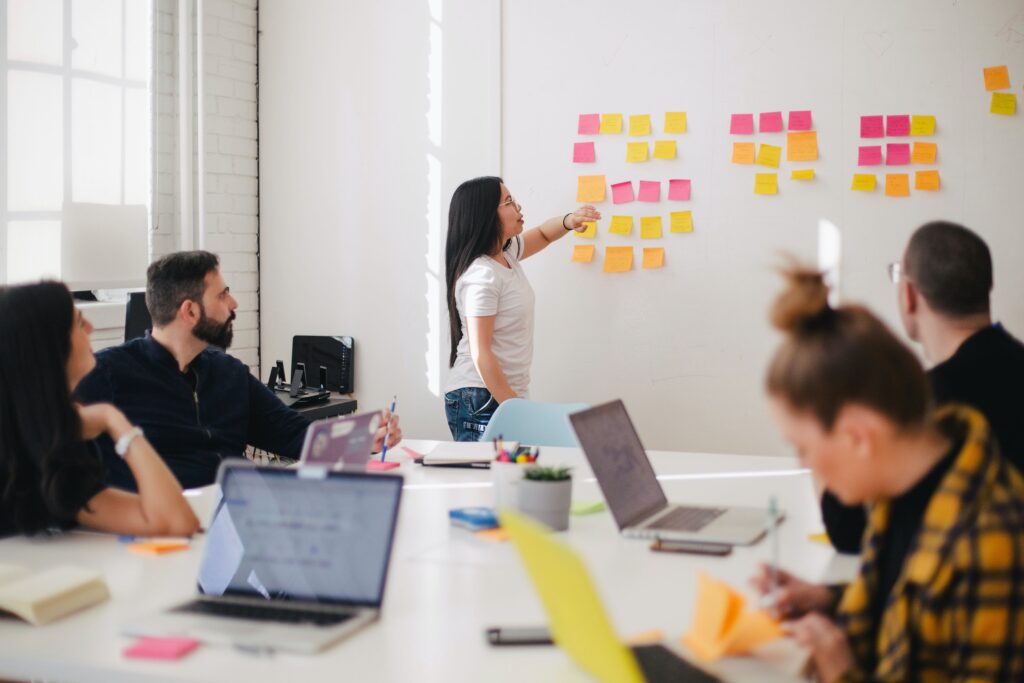Use Innovative Learning to Prepare Your Organization for Change
Posted on: August 2, 2020, by : Tuesday

Maintenance Learning is for Organizations Who Want to Maintain the Status Quo
It is not uncommon for organizations to connect learning and development activities to performance evaluations. This practice fails to account for the performance required to successfully navigate change. The practice of maintenance learning addresses growth and learning related to performance gaps and anticipated activities. It doesn’t address developing the skills and abilities needed to adjust rapidly to change, embrace failure as a means of learning, or how to use design thinking to rapidly make ideas a reality.
Maintenance learning is inadequate for competitive organizations or even for organizations that simply want to survive or thrive during times of unprecedented change. Maintenance learning prepares us for adjusting to circumstances as they are, not how they will be.
You work hard to get products and services out into the world. The important question is whether you’ll do it effectively.
Keep reading to learn three ways leaders can infuse innovative learning throughout organizations to prepare for change.
Adjust rapidly to change.
People are willing and often eager to change their behavior when they believe doing so aligns with the organization’s purpose. When this openness to change combines with people believing change is possible, change efforts can create powerful momentum. Early wins with tangible progress, can be leveraged and practices put in place to sustain change. Notice this approach offers an alternate path to the way in which many change initiatives begin—it starts with the people collectively believing in the change, rather than top down directed change efforts.
Embrace failure as a means of learning.
Failure can be painful but it can also be extremely valuable. When we fail, we realize that we have options and new opportunities. Our failures help us grow personally and professionally. We feel the pain of failure in the short-term even though we may benefit greatly from it in the longer term. When we fail, we get feedback and the feedback helps us learn and grow. Then we iterate, we make changes and try again. If we fail again, we learn more and begin the process anew. Our learning and confidence grow throughout the process.
Use design thinking to rapidly make ideas a reality.
Design thinking can be effective because it promotes a collaborative approach to solving problems. Ideas that solve problems in unique ways result from people coming together to brainstorm. That’s where design thinking comes in, it involves bringing multiple people together and encouraging them to use their diversity of experience to solve problems. This way of working is commonly used to solve customer challenges or meet customer needs, but it can also be effective in solving internal problems and creating new practices to support improved operations and organizational progress.
Being able to adjust rapidly to change, embracing failure as a means of learning, and using design thinking to rapidly make ideas a reality, are practices that encourage learning in new ways and when combined, they have the power to impact organizational culture and influence performance.
Elements of Innovative Learning
The elements of innovative learning include being proactive rather than reactive, learning by gathering insight from others, and using collaboration to solve problems and prepare for anticipated change. Innovative learning involves understanding and recognizing the value of current circumstances while proactively using learning to make the future a reality.

